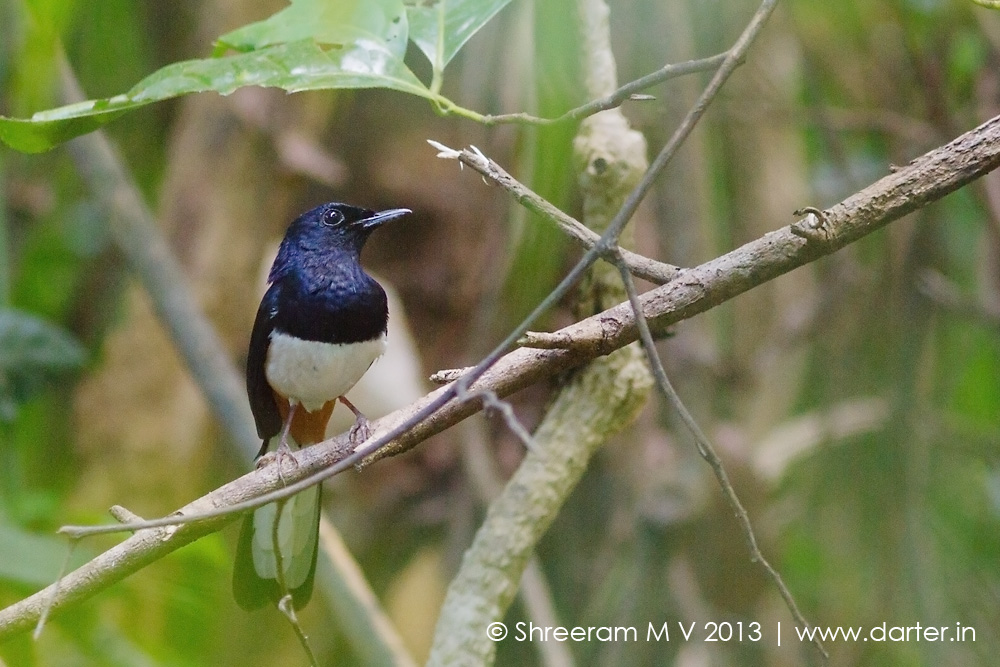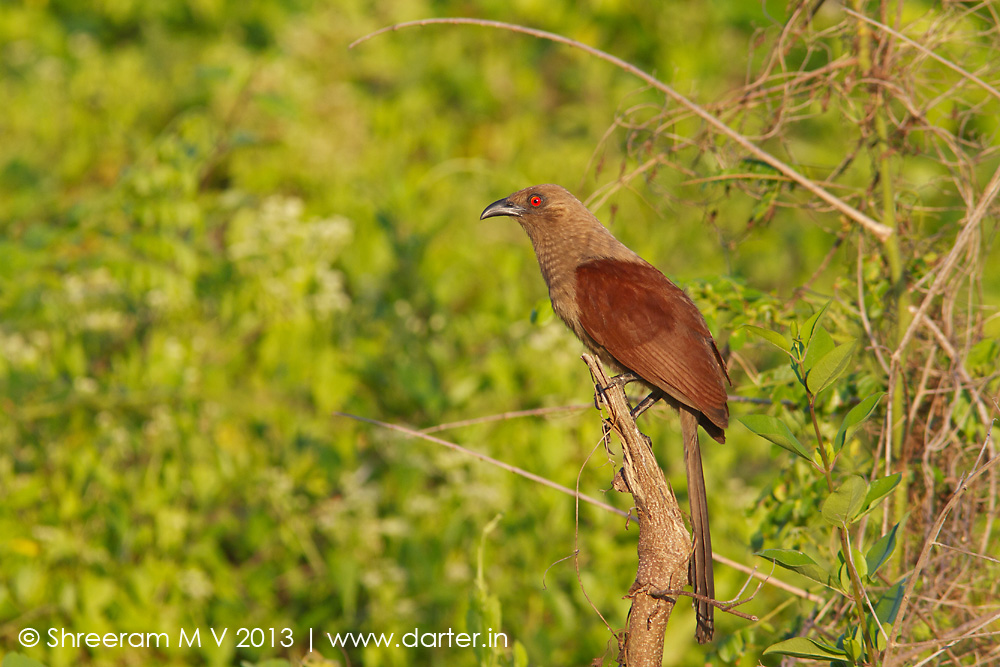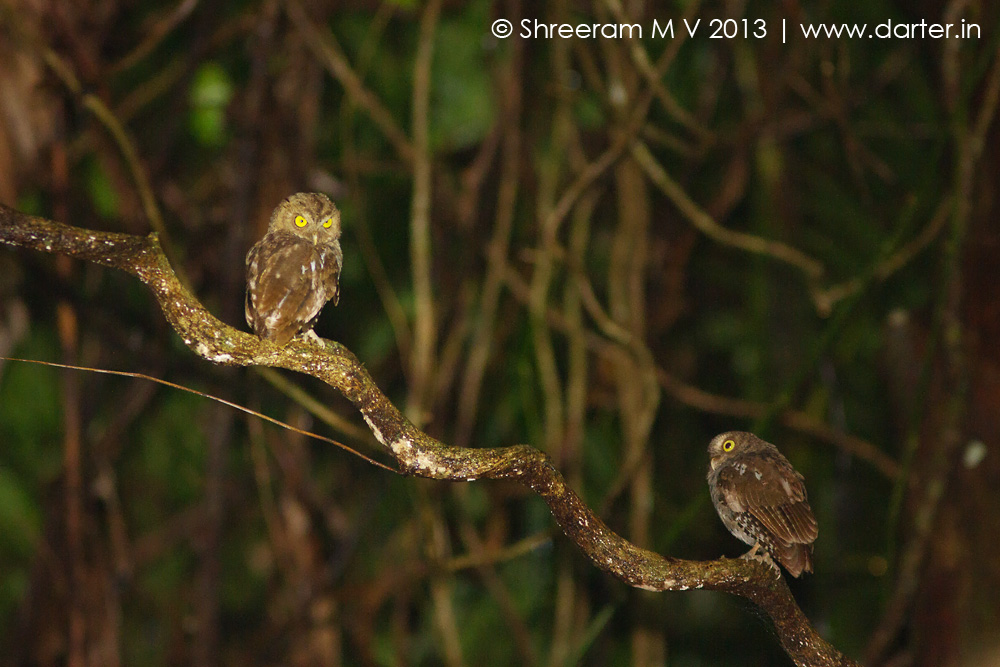What is common among the following species of birds?
Yes, they are all found only in Andamans. But did you know that they are are all endemic (found ONLY in the Andaman and Nicobar Islands and nowhere else in the world)?
Islands often exhibit varying degrees of endemism and diversity in their flora and fauna depending upon:
- island age and history of isolation from the mainland
- distance from the mainland
- physical factors such as size of the island and maximum island height
How did these plants and animals get to the islands in the first place? Some of them would’ve drifted along with the islands when they broke off from the mainland. Others would’ve arrived by air or water onto newly formed islands. Over a period of time, the unique environment on the island leads to the species evolving into specialists occupying ecological niches. Their colour, body structure and vocalizations may change. They may become much larger (Gigantism) or smaller (Dwarfism) than their mainland relatives. With no predators, birds may sometimes lose the ability to fly. Trees may lose the ability to disperse their seeds very far away. A single species may evolve into multiple specialized species. Very often, due to the restricted area of the island, the populations of these endemic species are small and localized.
The Andaman and Nicobar islands are an archipelago in the Bay of Bengal. The 350+ islands are, in fact, peaks of a submarine mountain chain that extends from the Eastern Himalaya (along Arakan Yoma of lower Myanmar) in the North to Sumatra and lesser Sundas in the South, along with some volcanic islands (like Narcondam and Barren Island). A large area of the terrestrial area of these islands (almost 90%) is occupied by Tropical Rainforests. Due to a long history of isolation from the mainland, the islands show a good degree of endemism. Over a quarter of their plants and animals are found nowhere else in the world. The remaining species are a mixture of species from the Indian subcontinent, Indo-China and Indo-Malaya, due to the geographic location of these islands.
Many species (and subspecies) of birds are also considered to be endemic to these islands. Many of these are found in the tropical rainforests of these islands, but some of them can be seen near human habitation. Following is a list of bird species endemic to Andaman Islands. No surprise most of them have “Andaman” prefixed to their names!
- Andaman Serpent Eagle (Spilornis elgini)
- Andaman Crake (Rallina canningi)
- Andaman Wood Pigeon (Columba palumboides)
- Andaman Cuckoo-Dove (Macropygia rufipennis)
- Andaman Coucal or Brown Coucal (Centropus andamanensis)
- Andaman Scops-Owl (Otus balli)
- Andaman Hawk Owl or Andaman Boobook (Ninox affinis)
- Andaman Nightjar (Caprimulgus andamanicus)
- Narcondam Hornbill (Aceros narcondami) – Restricted to the Narcondam Island
- Andaman Woodpecker (Dryocopus hodgei)
- Andaman Drongo (Dicrurus andamanensis)
- White-headed Starling (Sturnus erythropygius)
- Andaman Treepie (Dendrocitta bayleyi)
In some birds, the subspecies of the Andaman Islands is very different from the nominate species in plumage and/or vocalization. They are often treated as full species by some sources, though others consider them as subspecies of mainland species. These include:
- Andaman Teal (Anas albogularis) – Subspecies of the Sunda Teal (Anas gibberifrons albogularis)
- Andaman Green Pigeon (Treron chloropterus) – Subspecies of Pompadour Green Pigeon (Treron pompadora chloropterus)
- Andaman Barn Owl or Andaman Masked Owl (Tyto deroepstorfii) – Subspecies of Barn Owl (Tyto alba deroepstorfii)
- Hume’s Hawk Owl (Ninox obscura) – Subspecies of Brown Hawk Owl (Ninox scutulata obscura)
- Spot-breasted Woodpecker (Dendrocopos andamanensis) – Subspecies of Fulvous-breasted Woodpecker (Dendrocopos macei andamanensis)
- Andaman Bulbul (Pycnonotus fuscoflavescens) – Subspecies of Black-headed Bulbul (Pycnonotus atriceps fuscoflavescens)
- Andaman Cuckooshrike (Coracina dobsoni) – Subspecies of Bar-bellied Cuckooshrike (Coracina striata)
- Andaman Shama (Copsychus albiventris) – Subspecies of White-rumped Shama (Copsychus malabaricus albiventris)
- Andaman Flowerpecker (Dicaeum virescens) – Subspecies of Nilgiri Flowerpecker (Dicaeum concolor virescens)
Due to their limited distribution, island species are often vulnerable to extinction through either human-induced causes (like habitat destruction or introduction of invasive species) or natural causes. Think about species like the Dodo that disappeared within 70 years of the arrival of humans on their island home of Mauritius. Most of the endemic species of Andaman listed above are classified at different levels of threat by IUCN.
Over the next few weeks, we’ll look at some of these endemic birds of Andamans to get a better understanding about them. And of course, lots of photographs. Watch this space every Wednesday!
We conduct Wildlife Photography Tours of Andamans during winters. Please visit our Emerald Isles page for more details on upcoming tours.
References:
- D.V. Rao, Kailash Chandra and Kamla Devi, Endemic Fauna of Andaman and Nicobar Islands, Bay of Bengal, Zoological Survey of India
- Richard Grimmett, Carol Inskipp, Tim Inskipp, Birds of the Indian Subcontinent (2nd Edition), Oxford University Press





